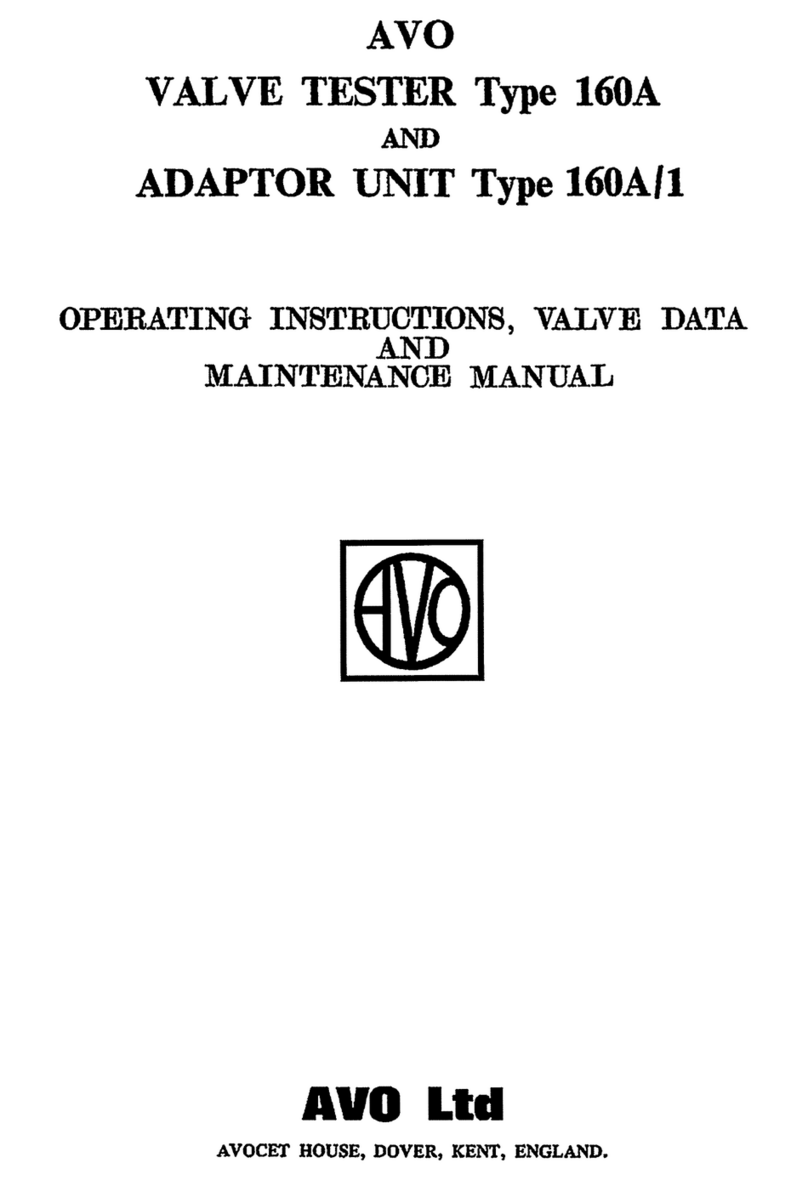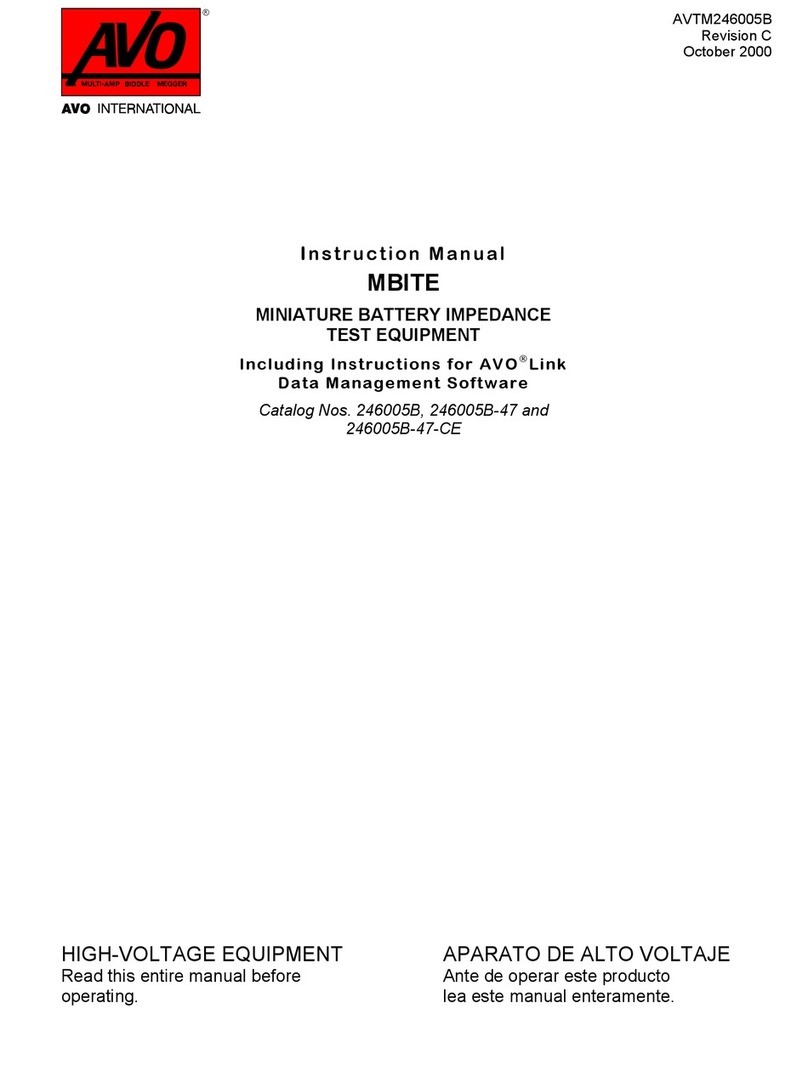
1
Part _ S/O 81892
Rev. 0
GENERAL DESCRIPTION
The Multi-Amp Model CB-845X Circuit Breaker Test Set is a self-contained unit which
provides a continuously adjustable high current output and incorporates a digital
ammeter, digital timer and control circuitry. The test set consists of two units housed in
interlocking, stackable, rugged, metal enclosures. Each unit has convenient carrying
handles for easy portability.
COMMON TEST APPLICATIONS
Multi-Amp Model CB-845X is specially designed to provide high current at sufficiently
high voltage for testing ground grids or high impedance circuit breakers.
The Model CB-845X is suitable for a wide variety of testing requirements including
molded case circuit breakers, thermal, magnetic or solid-state motor overload relays
and other overcurrent protective devices. Additional applications include ratioing
recurrent transformers and testing ground fault trip devices.
SPECIFICATIONS
Input (switch-selected): 208 and 240 volts, sin
le-phase, 60 hz. + 5%
Output Ran
e: The output is continuousl
ad
ustable throu
h 7
ranges to meet a wide variety of test circuit
impedances.
0-5.5 volts at 1000 amperes
0-11 volts at 500 amperes
0-22 volts at 250 amperes
0-44 volts at 125 amperes
0-88 volts at 62 amperes
0-176 volts at 31 amperes
0-350 volts at 15 amperes
Ammeter: A solid-state di
ital instrument with a 0.3" (7.62
mm) LED 3 1/2 digit display.
Ran
es (switch selected): 0-19.99/199.9/1999 amperes/10.00 kiloamperes
Accurac
(overall ammeter
system):
+
1% of readin
+
1 di
it for 0-199.9/1999 amperes-
/10.00 kiloamperes ranges.
+1% of range + 1 digit for 0-19.99 amperes range
Modes (switch-selected):
Memor
: Read-and-hold memor
feature retains current





























